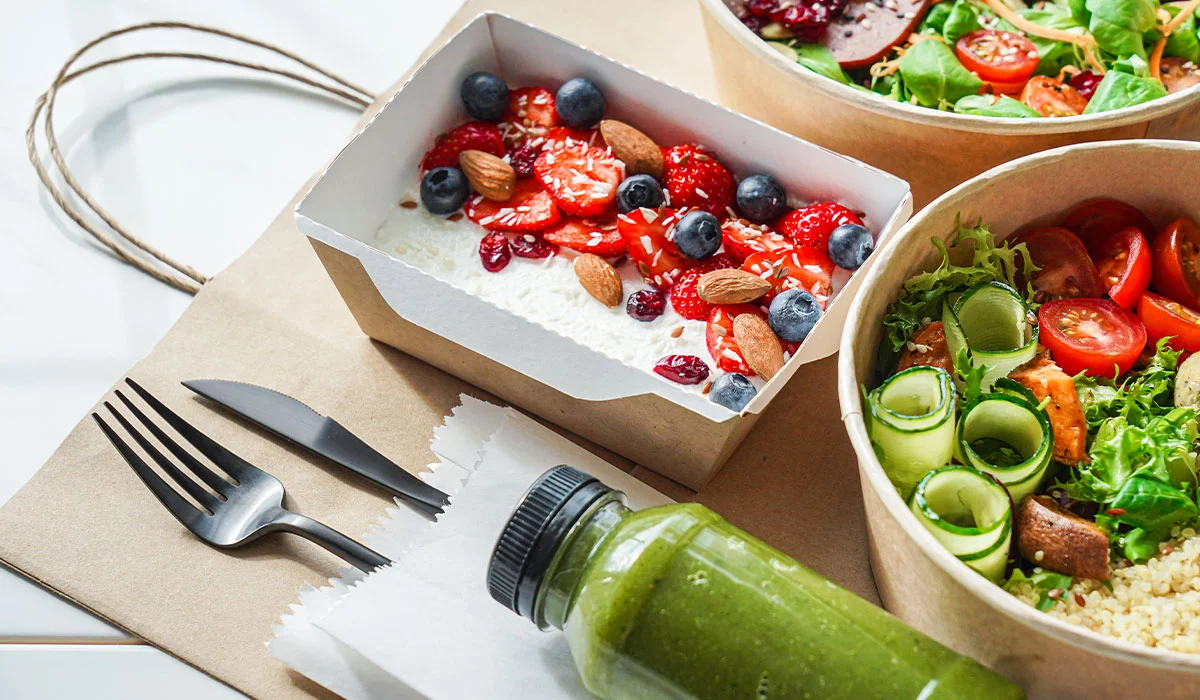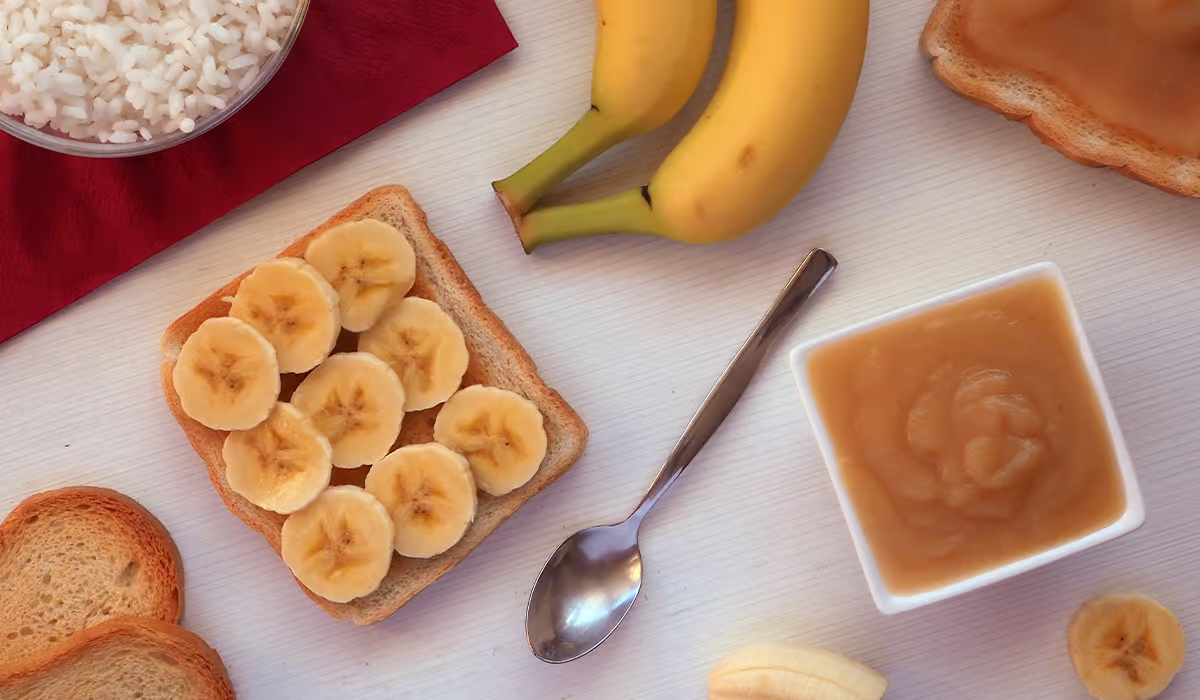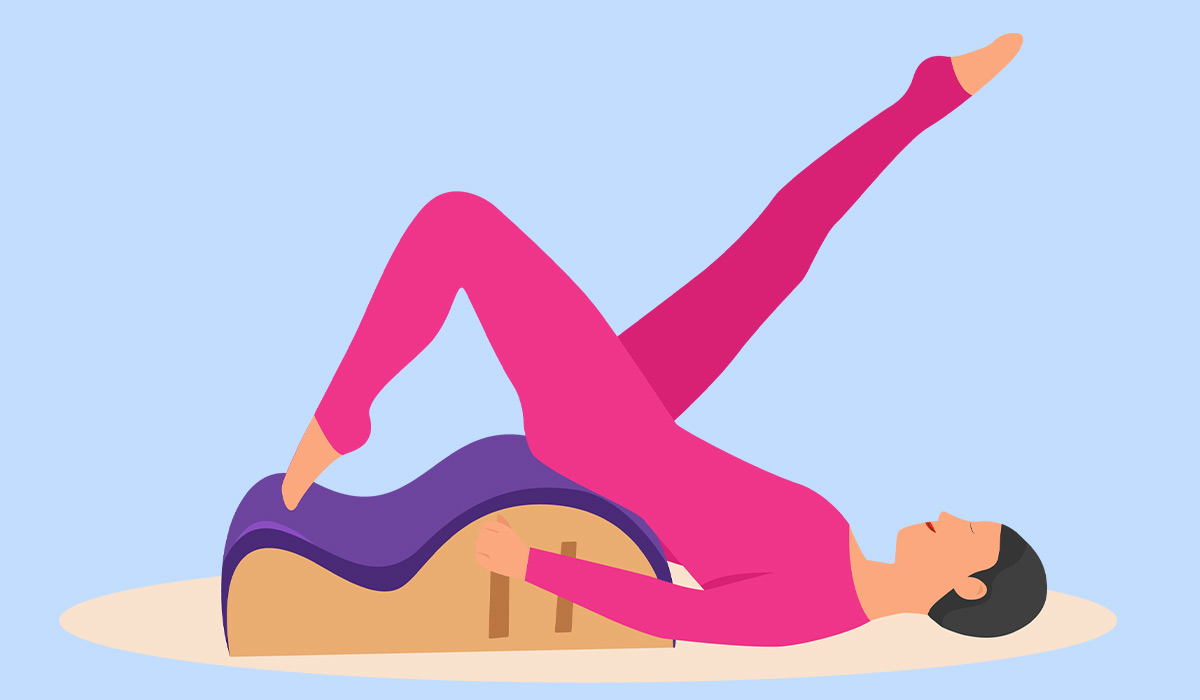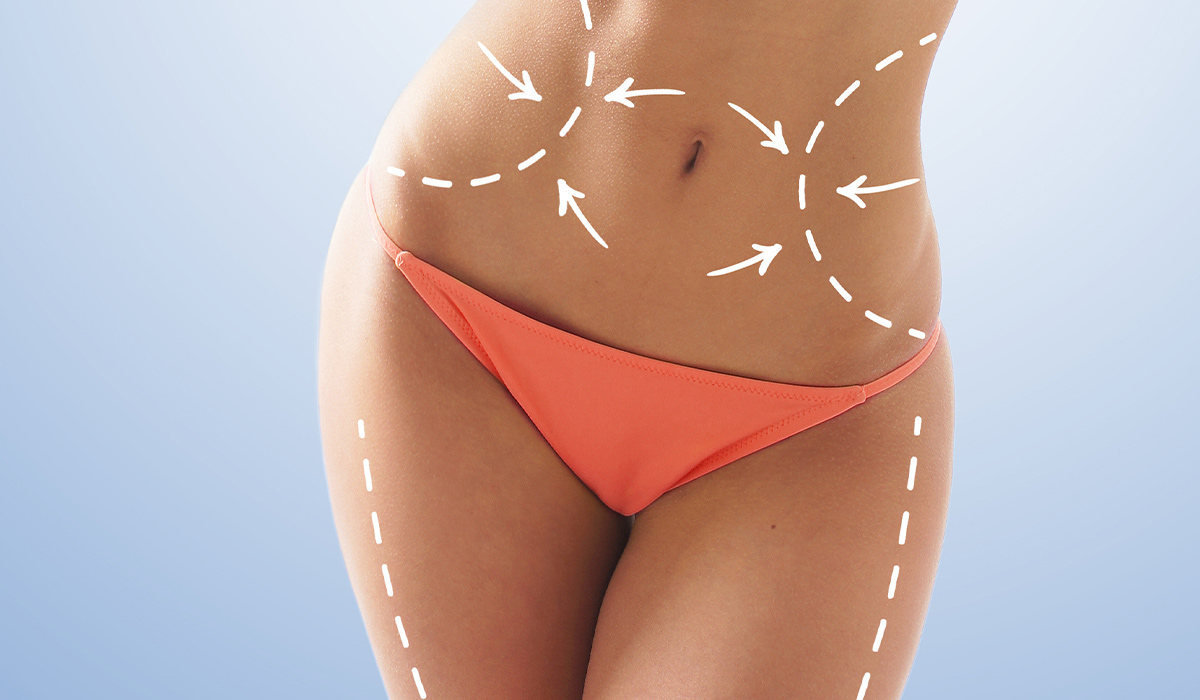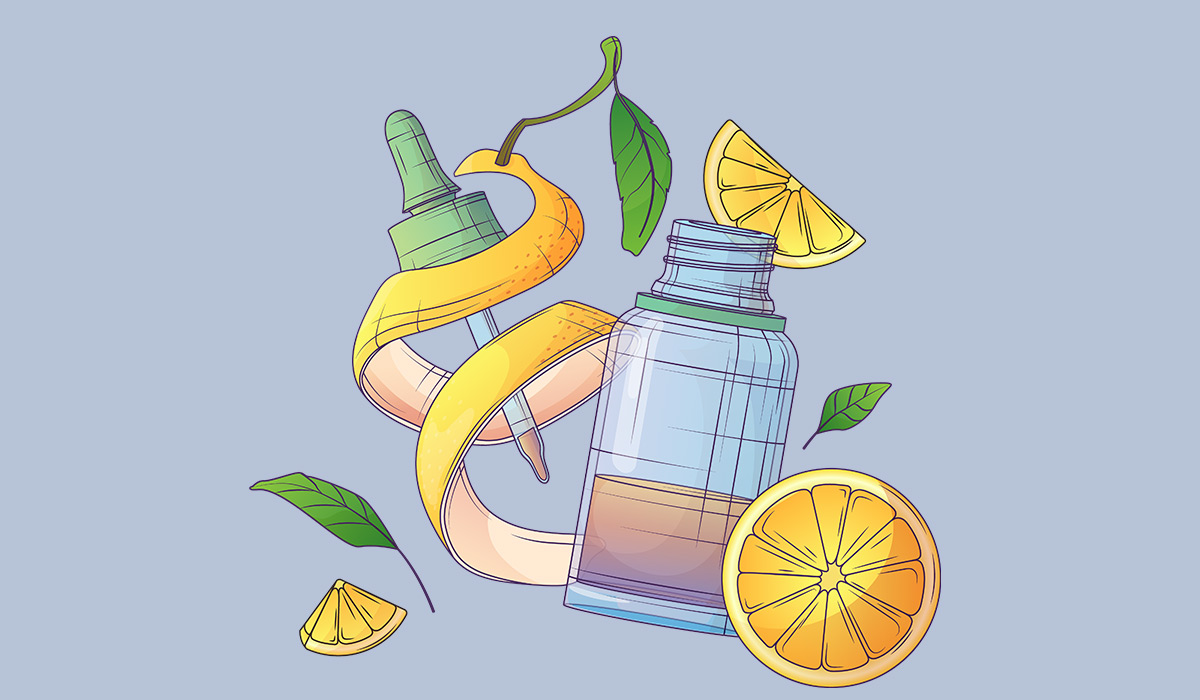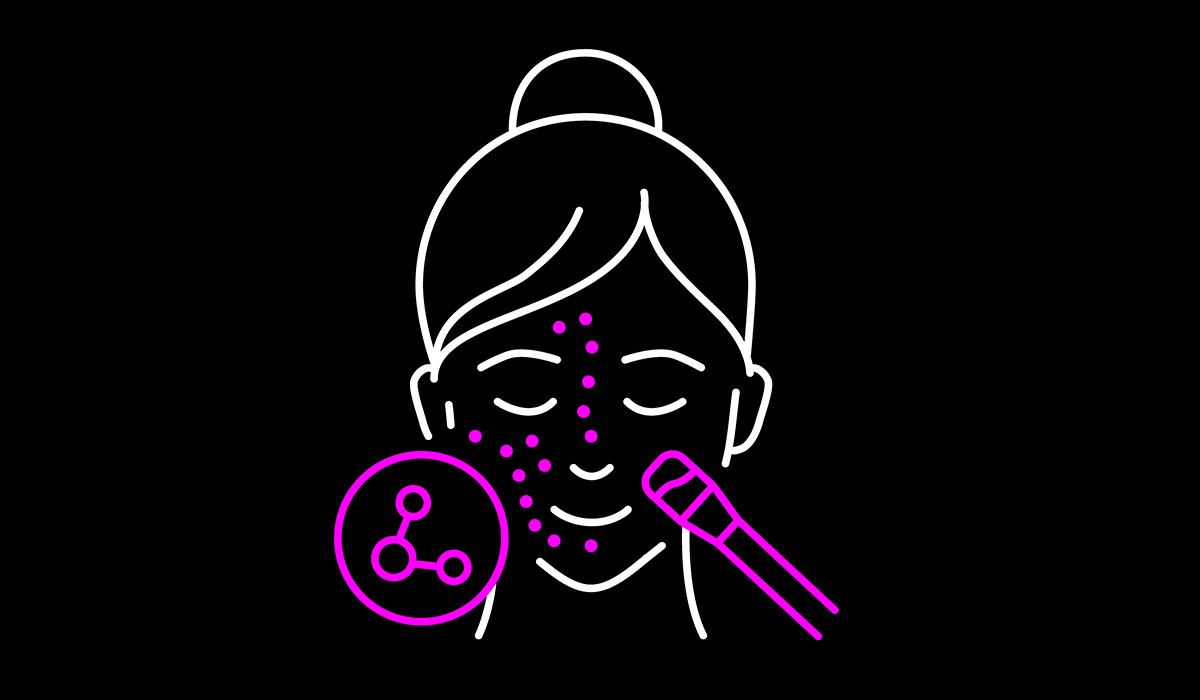
Where To Grow Herbs?
You can plant an entire garden or just a flower bed with herbs. Positioned near the bedroom, they will have a calming influence on frayed nerves. It is worth having a garden that is not only decorative but also allows you to pick herbs directly from the plants. It is also worth making some space for herbs. In season, the herb bed should only be watered moderately and weeded. Most herbal plants do best in warming, permeable humus soils with a high calcium content.
Methods Of Preparing Herbs
Various techniques for preparing potions have been established in herbal medicine. Here are the main methods.
Essential oils are acquired from plant materials by steam distillation and then isolated from water by decantation or centrifugation. From a laboratory point of view, steam distillation is used to isolate solid and liquid substances that do not combine with water and volatile substances that do not blend with water vapor. The essence of the process is the transition of a substance suspended in water into a gaseous state, thanks to the action of a stream of steam. Essential oils are also obtained by mechanical processes, including squeezing and centrifuging peels.
The water separated from the oil mentioned above is a hydrolate. Hydrolate, or floral water, is a raw material containing biologically active substances obtained from plant material, soluble in water.
Extracts are concentrated preparations obtained by digesting plant material with an appropriate solvent (e.g., glycerin). Depending on the type of extracted substances and the amount of solvent left, extracts can be liquid, semi-liquid, and solid (dry).
Oil macerates are obtained by pouring oil over crushed herbs. In the hot method, the mixture prepared is heated in a water bath for about 30 minutes and set aside for about 24 hours. The process is repeated for three days, after which time (the time during which maceration occurs) the oil is drained from the plant residues. The mixture is left for at least 3 weeks in the cold method. During this time, the vessel should be shaken daily. Water macerates are prepared by pouring cold water over the herbs and setting aside for about 6-10 hours at room temperature.
How To Use Herbal Medicine?
Herbal medicine has been the basis of medicine for centuries. Modern medicine also appreciates herbs’ valuable healing properties. Many medicinal substances are based on compounds obtained from plants. The topic of herbs has gained popularity in recent years. How can we select the most useful herbs adapted to our needs?
Horsetail
Horsetail is a valuable source of many health-promoting substances. Horsetail herb owes its properties to polyphenols, saponins, mineral compounds, plant sterols, and organic acids. Horsetail is also appreciated due to the presence of easily absorbable silica in its chemical composition. This ingredient regenerates damaged hair structure and strengthens nails.
It is worth knowing that it is essential to combating skin inflammations. It participates in collagen synthesis, accelerating the renewal of damaged epidermis. It is also recommended for people suffering from degenerative joint diseases and rickets because silicon forms connective tissue, cartilage, and bone structures.
Horsetail is also a source of vitamin C and valuable elements, including calcium, phosphorus, manganese, iron, and cobalt.
The healing properties of horsetail, which slow down the aging process, are related to the presence of flavonoids. Quercetin and rutin, which are flavonoids, defend against the impacts of free radicals. They also help cleanse the body of excess urates and harmful metabolic products.
St. John’s Wort
St. John’s Wort typically grows in sunny locations. The herbal components include both the flowering tops and the stems. An infusion of St. John’s wort can relieve spasms in the smooth muscles of the digestive tract and aid in relaxing the urinary muscles, thereby supporting kidney function. Alcoholic extract of St. John’s wort (tablets, tincture) is recommended for periodic mental exhaustion. Due to its beneficial effect on mood, it is used in the initial, mild symptoms of depression.
When applied externally, it has antibacterial and anti-inflammatory effects. The first effects of improving mood are observed after 10-14 days. The dosage of the preparation depends on the amount of herbal extract. The manufacturer’s recommendations should be followed. St. John’s wort is appreciated for its healing properties.
Unfortunately, it interacts with many drugs, including anticoagulants, anti-cancer drugs, antiretrovirals, immunosuppressants, antidepressants, antidiabetics, and oral hormonal contraception. It also reacts with solar radiation—when taking it, you should avoid the sun and not leave the house without a high UV filter (SPF 50+).
Chamomile
Common chamomile grows in meadows, wastelands, and crops. It is a popular digestive herb. It has an antispasmodic impact on the smooth muscles of the digestive tract and accelerates the healing process of peptic ulcers. Used externally, it accelerates the renewal of the epidermis and the healing processes. It also reduces swelling.
It has antibacterial and anti-inflammatory effects. Due to the risk of hemorrhage, drinking chamomile infusion is prohibited for people taking warfarin. Frequent drinking of strong chamomile infusions may decrease the efficacy of oral contraceptives. To prepare a chamomile infusion, pour a glass of boiling water over a tablespoon of the raw material and brew covered for 15 minutes.
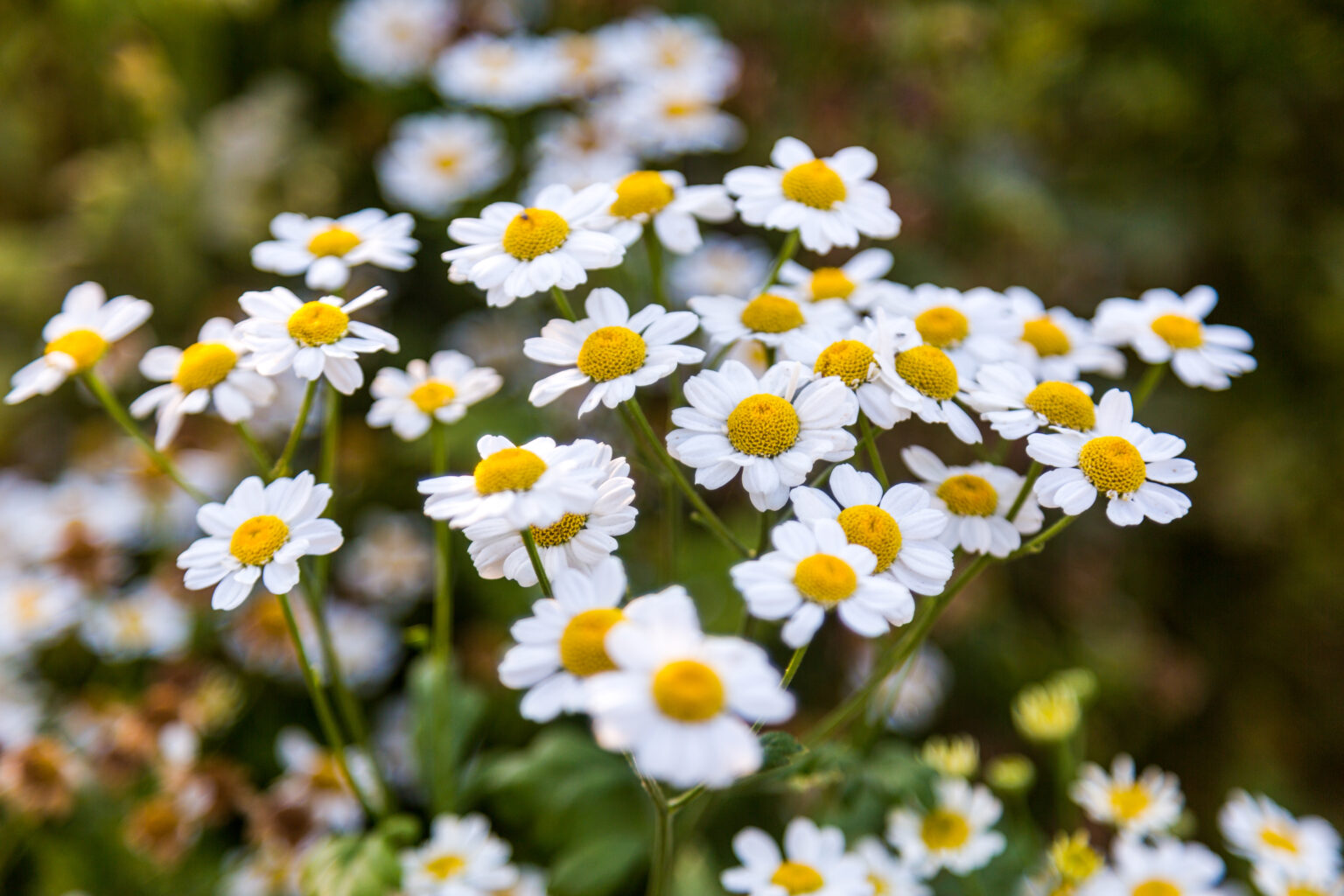
Milk Thistle
Due to its richness in nutrients, the plant is used in herbal medicine and cosmetics. The most important of these is silymarin. It is a substance with cleansing properties, protecting against toxins (such as alcohol), and regenerating properties.
Milk thistle also contains, among others:
- Quercetin – a high concentration of this compound inhibits or reduces the development of cancer and has anti-inflammatory properties
- Taxifolin is an antioxidant that works at the level of cell membranes. It is several times stronger than, for example, vitamin A
- Copper – is responsible for the functioning of the respiratory and circulatory systems, good memory, and concentration
- Selenium – has a positive effect on immunity, protects against inflammation, and also on male fertility
- Zinc – stimulates the work of immune system cells, supports the absorption of some vitamins, supports concentration and the functioning of the circulatory system
Dandelion
Dandelion increases urine output while disinfecting the urinary system. The juice helps with digestive and metabolic disorders; it affects the production of more digestive juices. It minimizes the occurrence of constipation, has a choleretic effect, supports the functioning of the liver, and cleanses it.
Dandelion has a positive impact on the pancreas, which disposes of toxins from the body. It stimulates hunger and digestion. It also positively impacts the kidneys, has an antispasmodic effect, and prevents the formation of stones in the gallbladder.
Dandelion has a slightly laxative effect and accelerates the healing of wounds, and fights warts and verrucas. The inulin in it lowers blood sugar levels and reduces appetite (it is safe for people with diabetes). It eliminates excess sodium and potassium in the body and has anti-inflammatory effects, which is why it is used to treat rheumatism. Dandelion also strengthens immunity.
Some people use dandelion for weight loss because it improves digestion and helps bind fat in food. For this reason, it is an excellent addition to your diet and exercise. Thanks to its anti-inflammatory effects, dandelion is also used for joint pain resulting from rheumatism.
However, it is significant to remember the contraindications to its use and consult a specialist before starting the treatment.
Ribwort Plantain
Ribwort plantain, known scientifically as Plantago lanceolata, thrives in dry, grassy areas. Ribwort plantain leaf is used to prepare an infusion that soothes oral and throat mucosa irritation and relieves dry cough. It has antibacterial and anti-inflammatory effects. It supports the immune system. It is often used for colds as a component of mixtures.
Ribwort plantain syrup coats and protects the oral and throat mucosa. Plantain infusion is prepared by pouring boiling water over the leaves (4 to 6 grams). A single treatment lasts a maximum of 7 days. A break should be maintained between drinking the infusion/syrup and taking medications. Ribwort contains many mucous substances that can reduce drug absorption.
Peppermint
The best-studied and described of them all is peppermint. Its unique properties are primarily determined by the essential oils retained in the leaves.
Their main ingredient is menthol, an intense-smelling terpene alcohol with a number of medicinal and cosmetic effects. It supports digestion, tones stomach pain and nausea, freshens breath and has anti-itching, anti-inflammatory, anesthetic, and disinfectant effects.
Essential oils contain dozens of other active substances, including menthol, linazole, geraniol, carvone, and pulegone. Mint is also a rich source of flavonoids, glycosides, polyphenols, vitamins (e.g., C and A), and minerals.
Stinging Nettle
Stinging nettle has a diuretic effect. It is often recommended for anemia. It stimulates the secretion of gastric juice. It is suggested that it lowers glucose levels and blood pressure. Externally, it is used in cosmetics that strengthen hair follicles and have antiseborrheic properties. In medicine, nettle infusion, extract, and juice are used. Nettle should not be used for longer than 4 weeks. It may interact with diuretics, anticoagulants, and medications for hypertension and diabetes.
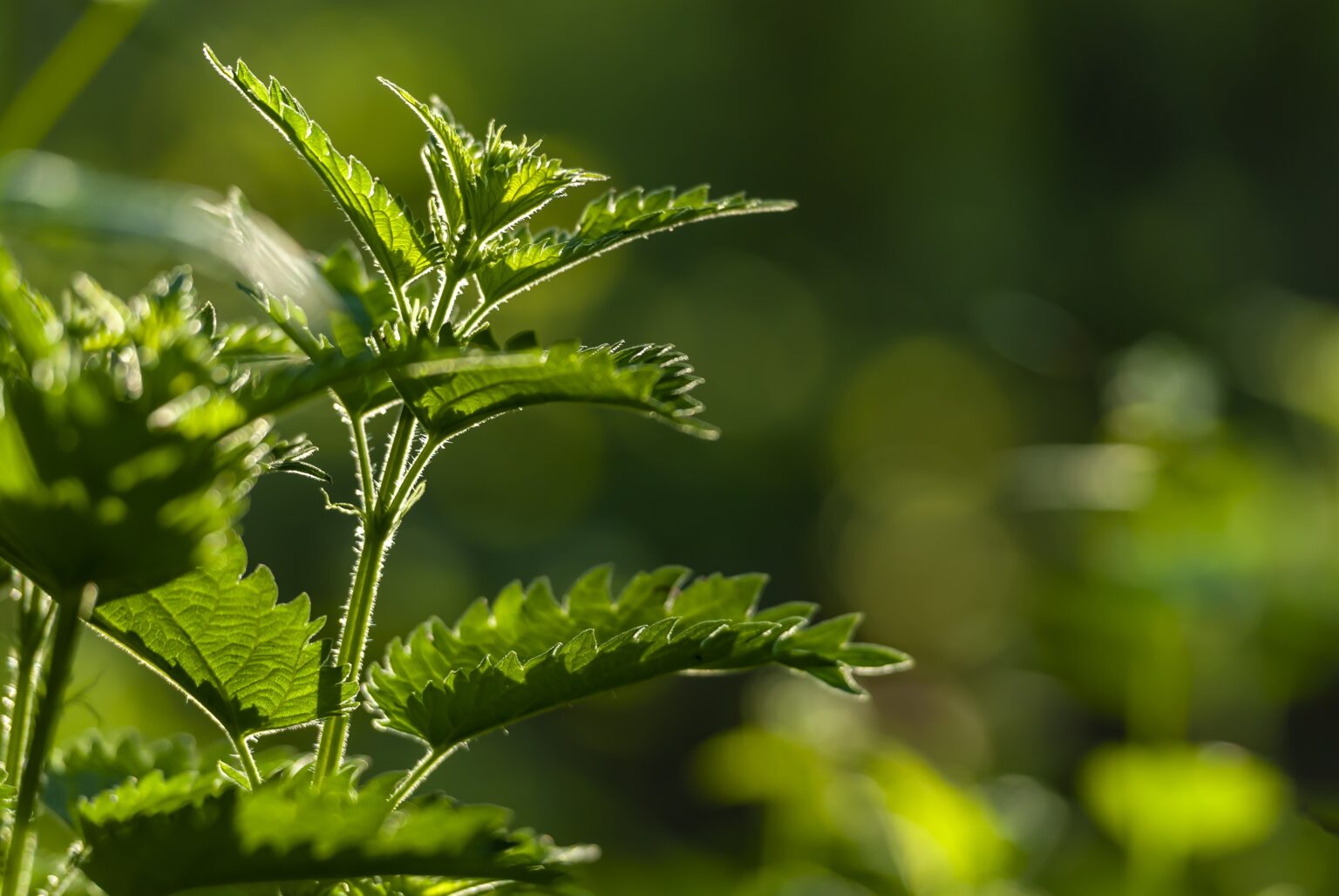
Hawthorn
Hawthorn flowers and fruits are ingredients in many preparations, mainly for lowering heart and blood pressure. They enhance blood supply to the heart muscle, provide the main blood engine, accelerate the heart rate, and enhance its tolerance on the device.
They are also included in aggressively counteracting preparations recommended for lipid water disorders and sedatives. Hawthorn flower extract is one of the main preparation ingredients for injuries and swellings threatening thrombophlebitis. The fruits are enriched with a vitamin supplement with strengthening ingredients.
Lemon Balm
Lemon balm has an influence on the metabolism of so-called neurotransmitters and the associated calming, anti-anxiety, and antidepressant effects. Antioxidant activity is associated primarily with the presence of polyphenols. Lemon balm effectively inhibits the activity of free radicals, which are responsible for, among others, cancer processes and body aging.
It has antimicrobial properties – it works, among others, against bacteria of the Shigella sonei and Salmonella enteritidis strains, as well as Trichophyton spp. Fungi. Lemon balm oil is also harmful to herpes viruses. It affects the level of lipids, especially triglycerides, which are primarily influenced by the geraniol contained in the essential oil.
It has a hypoglycemic effect, i.e., it lowers the level of sugar in the blood, which is related, among other things, to increased glucose uptake and metabolism in the liver and adipose tissue. It has an antispasmodic effect on the smooth muscles of the intestines and the associated support of peristalsis and improvement of digestion. To a small extent, it facilitates and accelerates urine excretion.
Sage
Sage is a source of ingredients such as tannins, organic acids, carotene, vitamins A, and C, and those from group B, minerals: calcium, magnesium, iron, potassium, zinc, and sodium, as well as tannins and flavonoids. In addition, the leaves contain large amounts of essential oil, rich in camphor, borneol and cineol, thujone, and pinene. Thanks to this, the plant has an antioxidant effect on the body. The medicinal properties of sage are appreciated, among others, in treating inflammation of the oral cavity.
How To Use Medicinal Herbs?
Before you use any herb as medicine, consult a specialist. Tell them all the medications and vitamins you take. They will need to ensure the herbal medicine is safe. Some herbs cause dangerous side effects combined with others.
Not every herbal medicine that is sold is safe. Always buy from a source that stores products from a manufacturer or supplier. Be mindful when purchasing herbal medicines over the internet.
Take all herbal medicines as prescribed and contact the specialist instantly if you encounter any side effects.
Herbal Bath
Herbal baths are an interesting idea. They improve blood circulation and accelerate body regeneration. They also have anti-inflammatory, astringent, and bactericidal effects and soothe and firm the skin.
We distinguish baths with the following effects:
- Relaxing – with the addition of hops, jasmine, chamomile, linden
- Cleansing – with lemon balm, chamomile, thyme, or rose petals
- Stimulating and firming – with horsetail, rosemary, and pine buds
- Anti-inflammatory – for this purpose, you can use chamomile and linden
- Reducing sweating – add nettle, sage, or thyme
- For acne and purulent infections – horsetail, walnut, mint, and sage work well
- To relieve symptoms of varicose veins – calendula, chamomile, horse chestnut, horsetail will help
Sources
- Herbs. ScienceDirect.
https://www.sciencedirect.com/topics/agricultural-and-biological-sciences/herbs - Essential Oils. NIH.
https://www.niehs.nih.gov/health/topics/agents/essential-oils - Plant hydrolates – Antioxidant properties, chemical composition and potential applications. NIH.
https://pubmed.ncbi.nlm.nih.gov/34416628/ - Herbal Extracts and Phytochemicals: Plant Secondary Metabolites and the Enhancement of Human Brain Function. NIH.
https://pmc.ncbi.nlm.nih.gov/articles/PMC3042794/ - Properties of macerated herbal oil. NIH.
https://pmc.ncbi.nlm.nih.gov/articles/PMC5439385/ - Herbal medicines. NHS.
https://www.nhs.uk/conditions/herbal-medicines/ - Horsetail. NIH.
https://www.ncbi.nlm.nih.gov/books/NBK583202/ - St. John’s Wort. NIH.
https://www.nccih.nih.gov/health/st-johns-wort - Milk Thistle. NIH.
https://www.nccih.nih.gov/health/milk-thistle - Chamomile. NIH.
https://www.nccih.nih.gov/health/chamomile - Dandelion. NIH.
https://www.nccih.nih.gov/health/dandelion - Plantago lanceolata. ScienceDirect.
https://www.sciencedirect.com/topics/agricultural-and-biological-sciences/plantago-lanceolata - Peppermint Oil. NIH.
https://www.nccih.nih.gov/health/peppermint-oil - Nutritional and pharmacological importance of stinging nettle (Urtica dioica L.): A review. NIH.
https://pmc.ncbi.nlm.nih.gov/articles/PMC9253158/ - Hawthorn. NIH.
https://www.nccih.nih.gov/health/hawthorn - The effects of lemon balm (Melissa officinalis L.) on depression and anxiety in clinical trials: A systematic review and meta-analysis. NIH.
https://pubmed.ncbi.nlm.nih.gov/34449930/ - Sage. NIH.
https://www.nccih.nih.gov/health/sage
